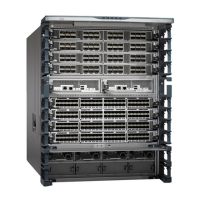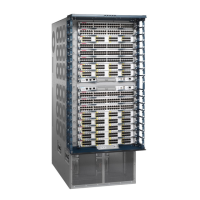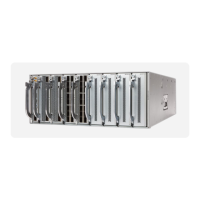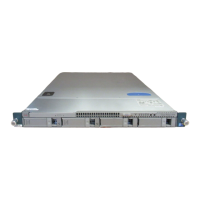Power supply (n+1) redundancy mode
The power supply that outputs the most power provides the reserve power so that it can take over for
any other power supply that fails, and all of the other installed power supplies provide the available
power. You activate this power mode by using the power redundancy-mode ps-redundant command.
Input-source (grid) redundancy mode
The available power is provided by one power source and the reserve power is provided by the other
power source. If the power source providing the available power fails, the switch uses the reserve power
source to provide its required power. You activate this power mode by using the power redundancy-mode
insrc_redundant command.
Full redundancy mode
Full redundancy provides both power-supply redundancy and input-source redundancy. For power-supply
redundancy, the power supply with the most output provides reserve power and the other power supplies
provide the available power. For input-source redundancy, the available power is provided by one power
source and the reserve power is provided by another power source. You activate this power mode by
using the power redundancy-mode redundant command.
Configuring the Power Mode
You can configure the power supply mode by using the power redundancy-mode command.
To display the current power supply configuration, use the show environment power command.
Note
Step 1 Start the configuration mode by entering the configure terminal command.
Example:
switch# configure terminal
switch(config)#
Step 2 Specify one of the following power modes by entering the power redundancy-mode mode command:
• For combined mode, include the combined keyword.
• For power supply redundancy mode, include the ps-redundant keyword.
• For input source redundancy mode, include the insrc_redundant keyword.
• For full redundancy mode, include the redundant keyword.
Example:
switch(config)# power redundancy-mode redundant
switch(config)#
Cisco Nexus 7706 Hardware Installation Guide
OL-31330-0174
Managing the Switch
Configuring the Power Mode
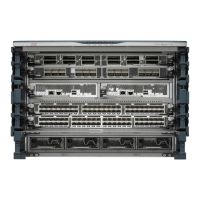
